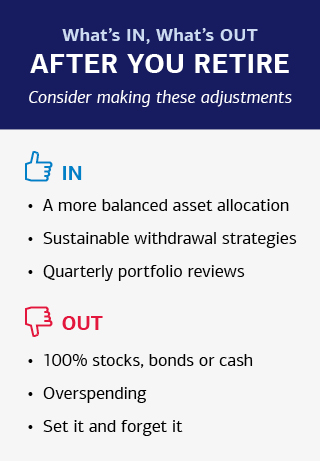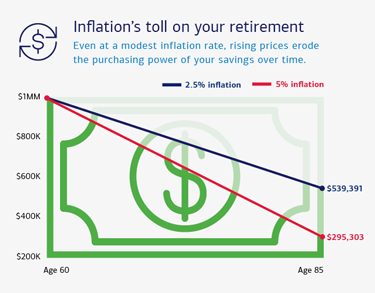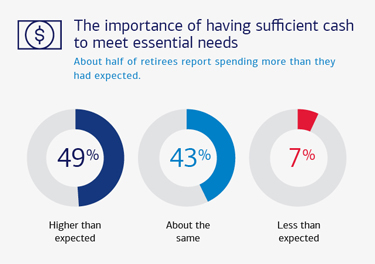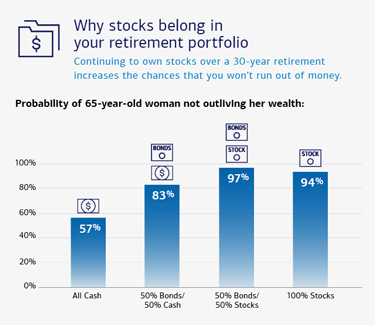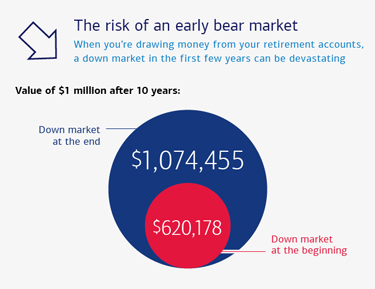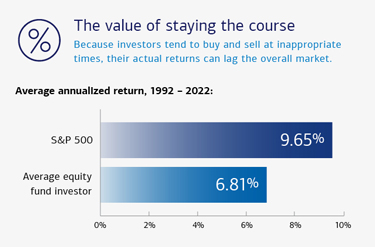1 Chief Investment Office, calculations based on Society of Actuaries, 2012 Individual Annuity Mortality Tables, Basic.
IMPORTANT DISCLOSURES
Opinions are as of 02/25/2024 and are subject to change.
Investing involves risk including possible loss of principal. Past performance is no guarantee of future results.
This information should not be construed as investment advice and is subject to change. It is provided for informational purposes only and is not intended to be either a specific offer by Bank of America, Merrill or any affiliate to sell or provide, or a specific invitation for a consumer to apply for, any particular retail financial product or service that may be available.
The Chief Investment Office (CIO) provides thought leadership on wealth management, investment strategy and global markets; portfolio management solutions; due diligence; and solutions oversight and data analytics. CIO viewpoints are developed for Bank of America Private Bank, a division of Bank of America, N.A., (“Bank of America”) and Merrill Lynch, Pierce, Fenner & Smith Incorporated (“MLPF&S” or “Merrill”), a registered broker-dealer, registered investment adviser and a wholly owned subsidiary of Bank of America Corporation (“BofA Corp.”).
Asset allocation, diversification and rebalancing do not ensure a profit or protect against loss in declining markets.
Investments have varying degrees of risk. Some of the risks involved with equity securities include the possibility that the value of the stocks may fluctuate in response to events specific to the companies or markets, as well as economic, political or social events in the U.S. or abroad.
All contract guarantees or annuity payout rates for annuity contracts and all guarantees and benefits of insurance policies are backed by the claims-paying ability of the issuing insurance company. They are not backed by Merrill or its affiliates, nor does Merrill or its affiliates make any representations or guarantees regarding the claims-paying ability of the issuing insurance company.
Dividend payments are not guaranteed and are paid only when declared by an issuer’s board of directors. The amount of a dividend payment, if any, can vary over time.
This material should be regarded as educational information on Social Security and is not intended to provide specific advice. If you have questions regarding your particular situation, you should contact the Social Security Administration and/or your legal advisors.
Always consult with your independent attorney, tax advisor, investment manager, and insurance agent for final recommendations and before changing or implementing any financial, tax, or estate planning strategy.

